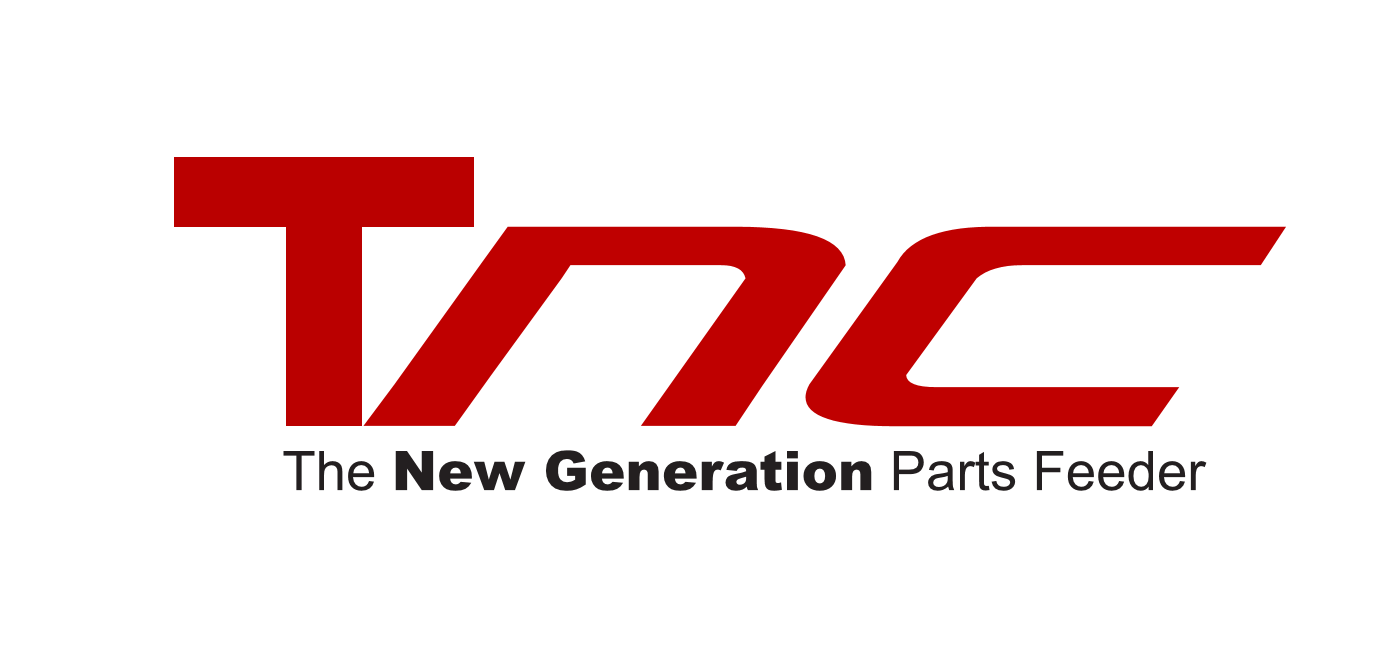
03 Apr Customizing Your Rotary Bowl Feeder for Complex Parts
In automated manufacturing, efficiency and precision are critical. A rotary bowl feeder is a key component in many assembly lines, ensuring parts are correctly oriented and fed at high speeds. However, not all parts are created equal—some are delicate, oddly shaped, or require special handling. Customizing your rotary bowl feeder can make all the difference in optimizing performance and reducing downtime.
In this guide, we’ll explore how to tailor your part feeding system for complex components, discuss the advantages over alternatives like a centrifugal feeder, and highlight key considerations for customization.
Why Customization Matters in Rotary Bowl Feeders
Standard bowl feeders work well for simple, symmetrical parts like screws or washers. But when dealing with intricate or fragile components—such as medical device parts, electronic connectors, or asymmetrical automotive pieces—a one-size-fits-all approach won’t suffice. Customization ensures:
- Gentle part handling (preventing damage)
- Consistent orientation (reducing misalignments)
- Higher feed rates (maximizing productivity)
- Reduced jams & downtime (improving efficiency)
A well-designed rotary bowl feeder can handle even the most challenging parts with precision.
Key Customization Options for Complex Parts
1. Specialized Bowl Tooling & Coatings
The bowl’s interior track must guide parts smoothly without causing scratches or deformations. Depending on the material, you may need:
- Polyurethane or Teflon coatings – For delicate or polished components.
- Hardened steel tooling – For abrasive or heavy parts.
- Custom track shapes – To accommodate irregular geometries.
2. Advanced Part Orientation Mechanisms
Some parts require additional mechanisms to ensure correct positioning, such as:
- Blow-off systems – Uses air jets to eliminate incorrectly oriented parts.
- Vision inspection systems – AI-powered cameras verify part alignment.
- Mechanical traps & wiper blades – Redirect or reject improperly fed components.
3. Variable Speed & Vibration Control
A centrifugal feeder relies on centrifugal force, but a rotary bowl feeder uses controlled vibrations. Adjusting speed and amplitude helps:
- Prevent part damage (slower speeds for fragile items).
- Increase throughput (faster speeds for high-volume production).
4. Multi-Track & Multi-Lane Feeding
For small or high-speed applications, multiple tracks can feed parts simultaneously, doubling or tripling output without requiring additional machines.
5. Noise & Dust Reduction Features
In industries like pharmaceuticals or electronics, contamination and noise must be minimized. Custom enclosures and sound-dampening materials can help.
Rotary Bowl Feeder vs. Centrifugal Feeder: Which is Better for Complex Parts?
While both systems are used in automation, they serve different purposes:
| Feature | Rotary Bowl Feeder | Centrifugal Feeder |
| Speed | Moderate to High | Very High |
| Part Handling | Gentle, precise | Less gentle |
| Customization | Highly adaptable | Limited options |
| Best For | Delicate, complex | Simple, durable |
For intricate or fragile components, a rotary bowl feeder is often the superior choice due to its adaptability and precision.
Case Study: Custom Feeder Success
A medical device manufacturer struggled with feeding tiny, asymmetrical surgical pins. A standard part feeding system caused jams and misalignments. After switching to a customized rotary bowl feeder with soft-coated tracks and an optical sorting system, their defect rate dropped by 90%, and throughput increased by 40%.
Choosing the Right Manufacturer for Your Custom Feeder
Not all suppliers can deliver high-quality, tailored solutions. If you need a reliable rotary bowl feeder designed for complex parts, consider TNC Technology, a leading rotary feeder manufacturer in Malaysia. We specialize in custom feeding solutions for industries like:
- Automotive
- Electronics
- Medical devices
- Consumer goods
With expertise in advanced tooling, vibration control, and part handling, TNC Technology ensures your part feeding system runs smoothly and efficiently.
Final Thoughts
A well-designed rotary bowl feeder can transform your production line, especially when handling complex or delicate parts. By investing in customization—whether through specialized coatings, orientation mechanisms, or speed adjustments—you can maximize efficiency and minimize errors.
Need a custom feeding solution? Contact TNC Technology today to discuss your requirements and get a tailored rotary bowl feeder for your application!



 TH
TH 